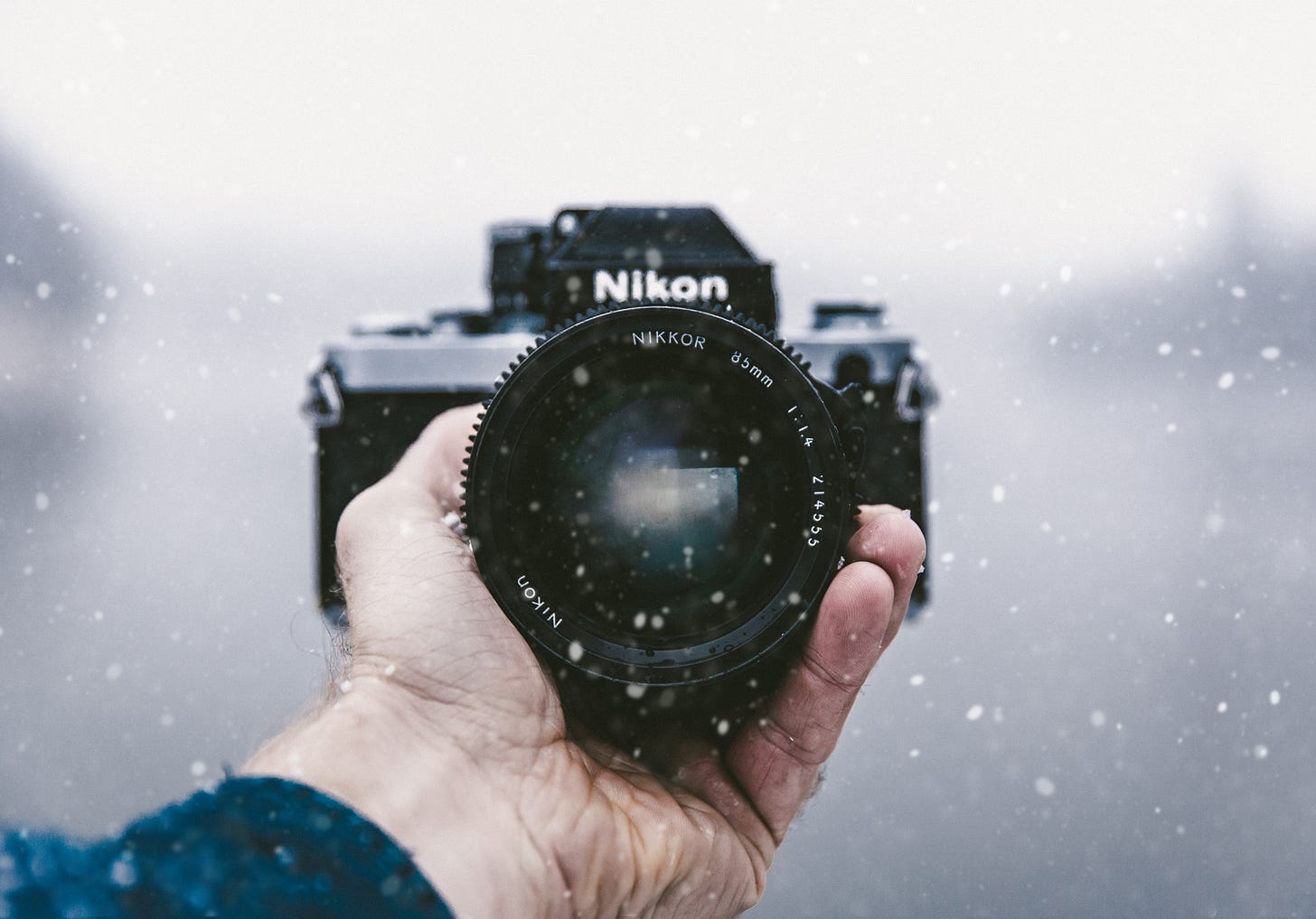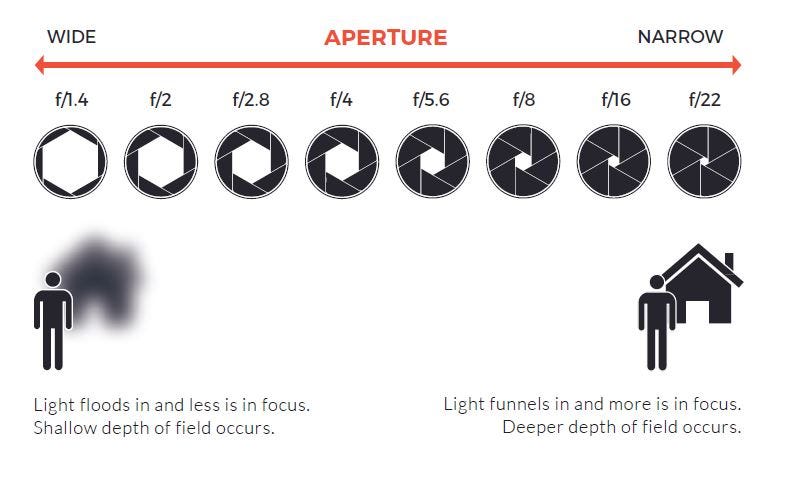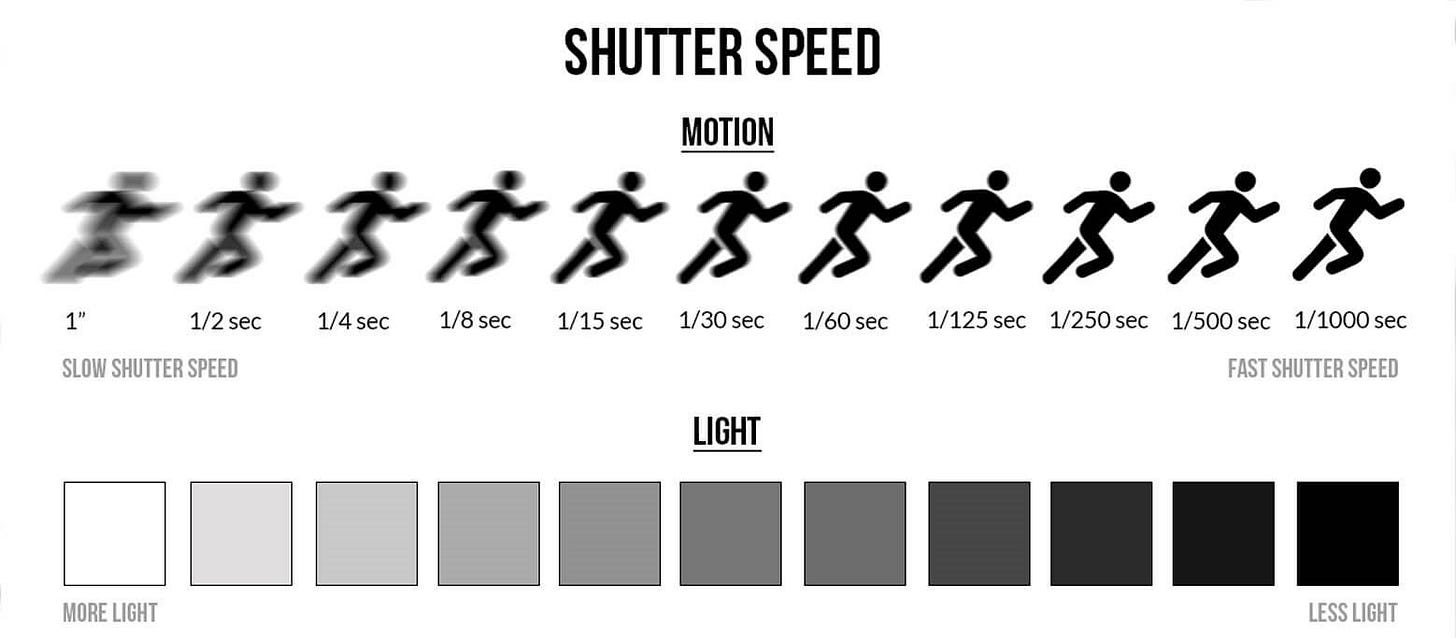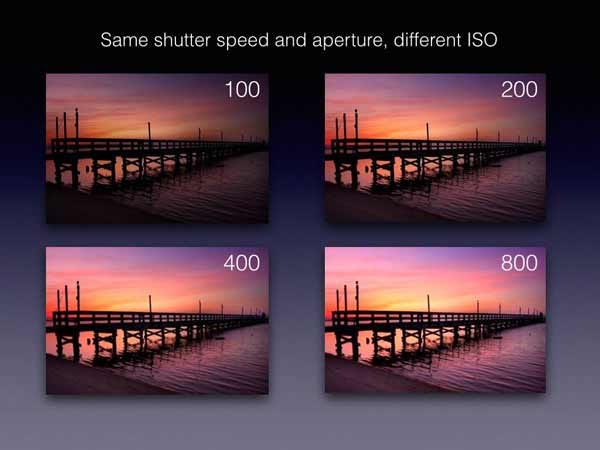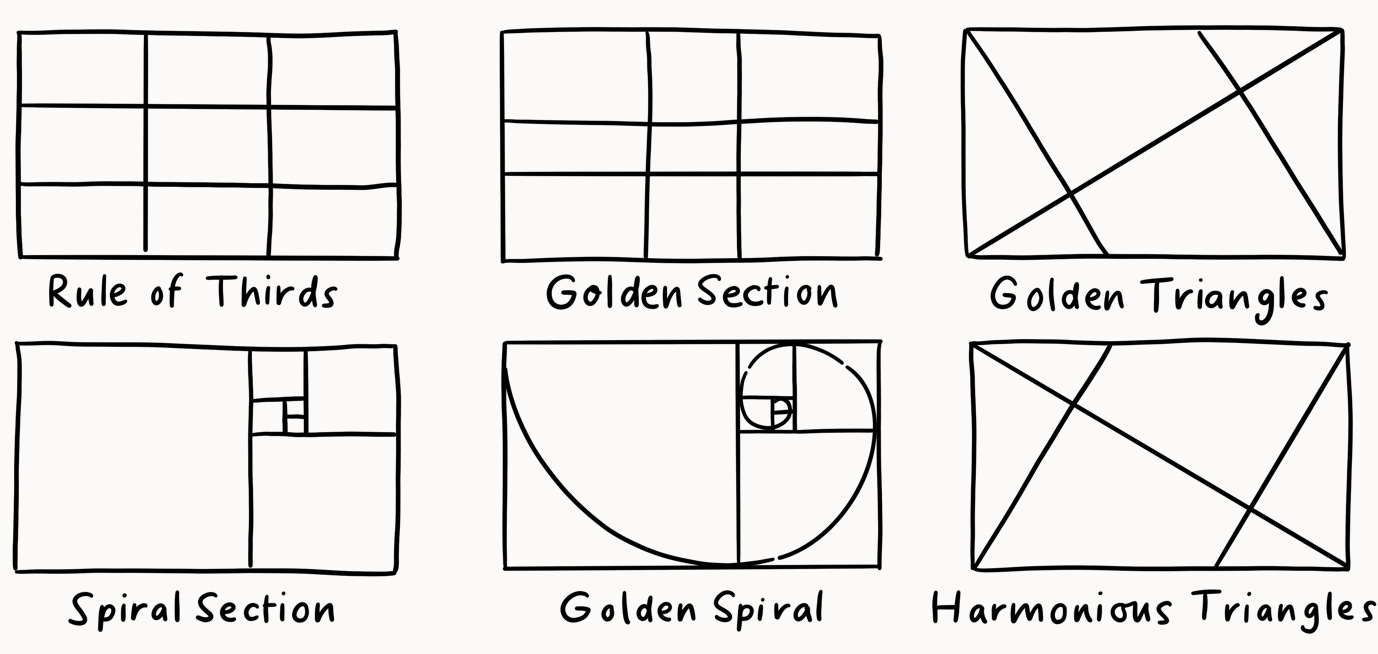Three Key Things Every New Photographer Should Know and Learn
Welcome to the world of photography!
Whether you've just picked up your first camera or have been snapping pictures for a while, there are some fundamental concepts and skills that can significantly enhance your photography journey. In this post, we'll explore three key things that every new photographer should know and learn to capture stunning images.
Master Your Camera Settings: Understanding your camera and its settings is fundamental to becoming a skilled photographer. Here are some essential camera settings to familiarize yourself with:
a. Aperture: Aperture controls the size of the lens opening, which affects the amount of light entering the camera and depth of field. A wide aperture (low f-number) creates a shallow depth of field, great for portraits, while a small aperture (high f-number) results in a deeper depth of field, ideal for landscapes.
b. Shutter Speed: Shutter speed determines how long the camera's sensor is exposed to light. Fast shutter speeds freeze motion, while slow shutter speeds capture motion blur. Learn to balance shutter speed to achieve the desired effect in your photos.
c. ISO: ISO measures the sensitivity of your camera's sensor to light. A lower ISO (e.g., 100) is ideal for well-lit conditions, while higher ISO settings (e.g., 800 or above) are used in low-light situations. Be mindful of noise, which increases as ISO goes up.
d. White Balance: White balance adjusts the colors in your photos to match the lighting conditions. Different light sources (e.g., daylight, tungsten, fluorescent) require different white balance settings to ensure accurate colors.
2. Compose with Care: Composition is the art of arranging elements within your frame to create visually pleasing and impactful images. Here are some composition techniques to learn and apply:
a. Rule of Thirds: Divide your frame into a 3x3 grid and place key elements along the gridlines or at their intersections. This helps create balance and interest in your photos.
b. Leading Lines: Use lines, such as roads, fences, or natural elements, to guide the viewer's eye through the image and draw attention to your subject.
c. Framing: Frame your subject with elements in the foreground (e.g., tree branches, archways) to add depth and context to your photos.
d. Symmetry and Patterns: Seek out symmetry or repeating patterns in your scenes to create visually pleasing compositions.
3. Develop Your Post-Processing Skills: Post-processing is the editing phase that can take your photos from good to outstanding. While it's crucial to get things right in-camera, post-processing allows you to enhance and refine your images further. Here are some aspects to consider:
a. Editing Software: Learn to use photo editing software like Adobe Lightroom or Photoshop to adjust exposure, color balance, and sharpness.
b. RAW vs. JPEG: Shooting in RAW format provides more flexibility during post-processing, as it retains all the image data, whereas JPEG files are compressed and may limit your editing options.
c. Preserve Realism: While editing can be creative, aim to preserve the authenticity of your images. Avoid excessive manipulation that distorts reality.
Note: Most high-end Commercial and studio Photographers use Capture One.
a. Photoshop and Lightroom: are both offered through a subscription service through Adobe.
b. Capture One:

Remember, photography is both an art and a science, and improvement comes with practice. Experiment, make mistakes, and keep learning. Don't be afraid to seek inspiration from other photographers and develop your unique style. With time and dedication, you'll capture moments that tell your story and resonate with your audience. Happy shooting!
Rav


